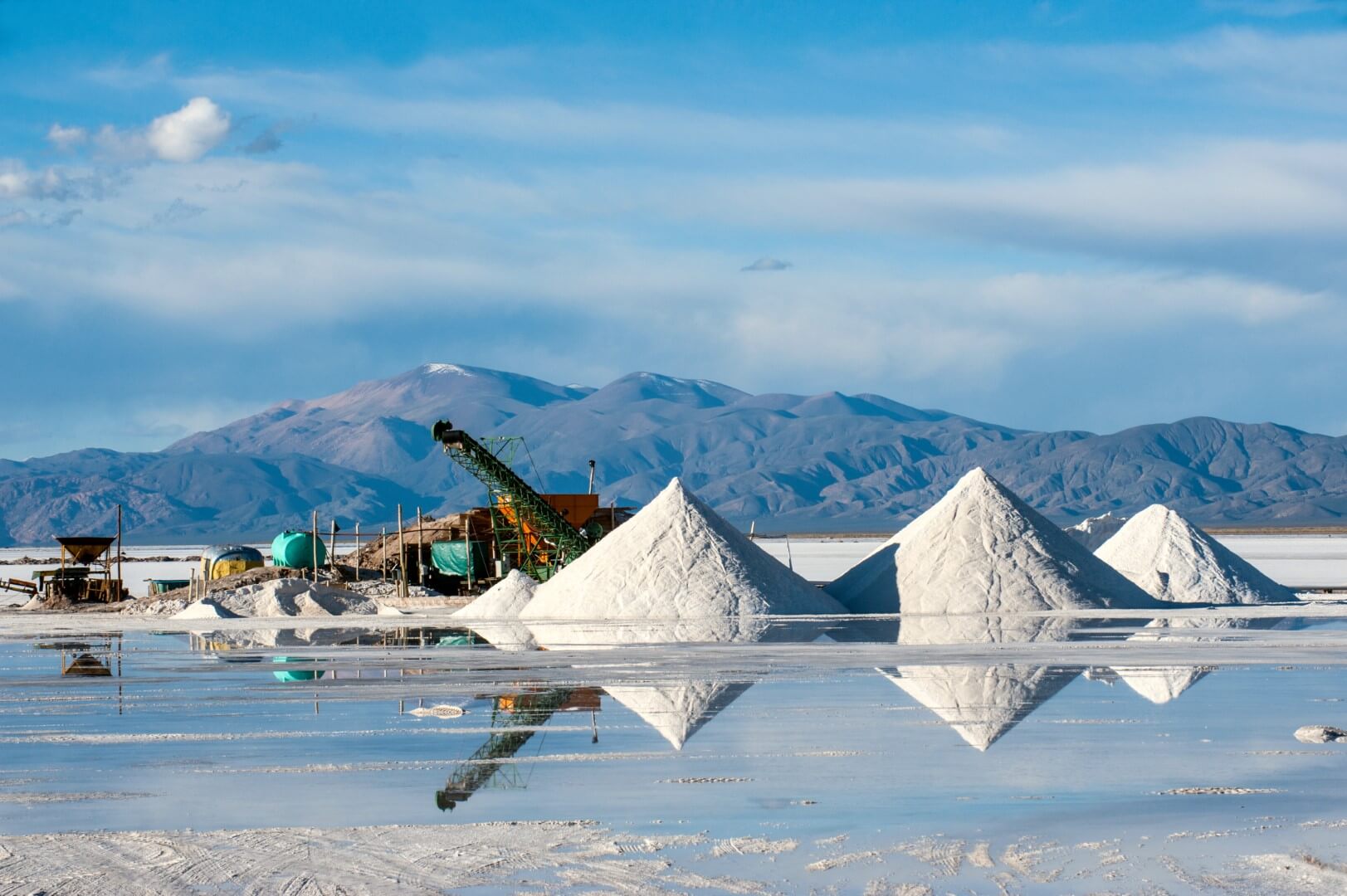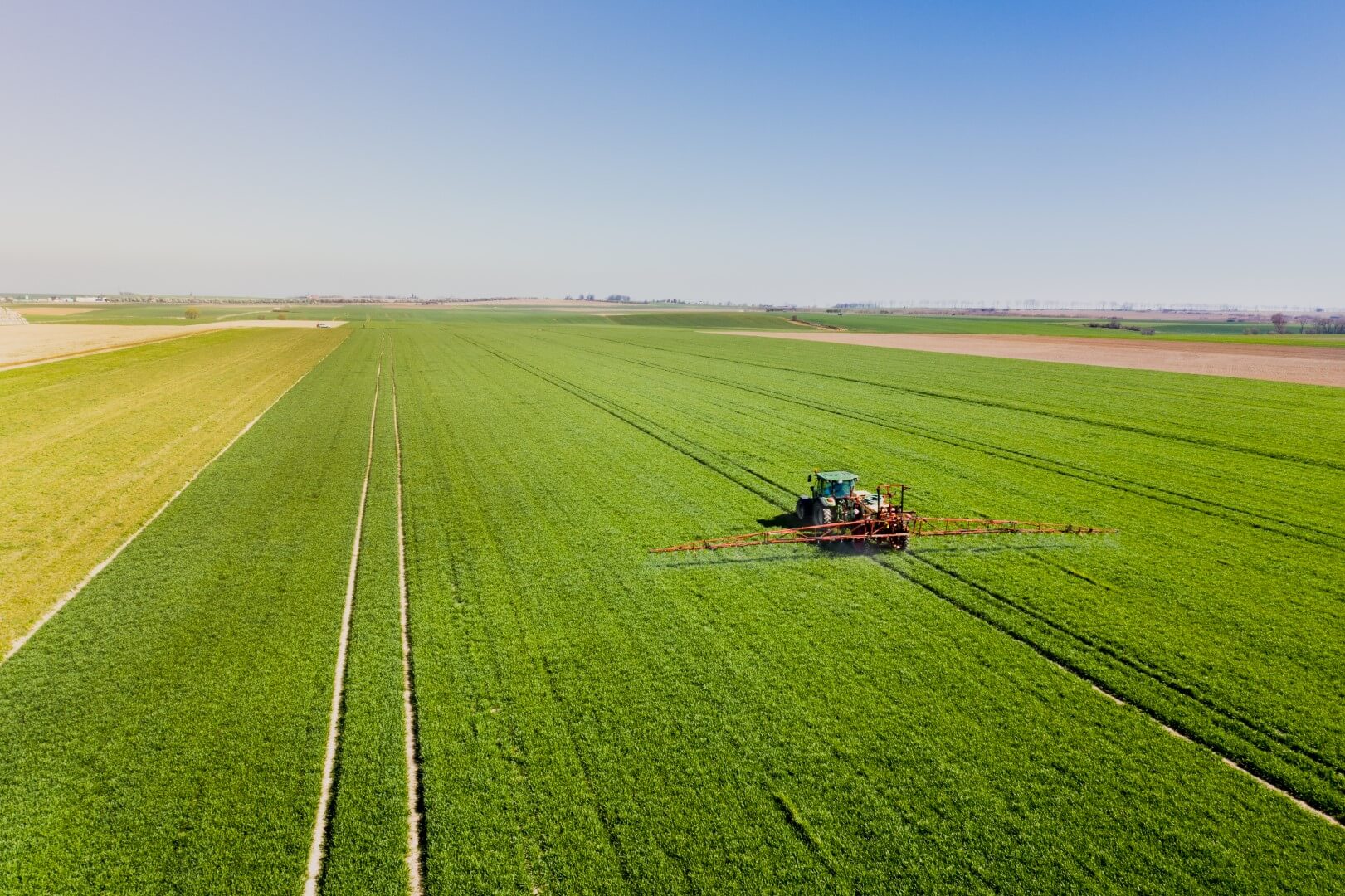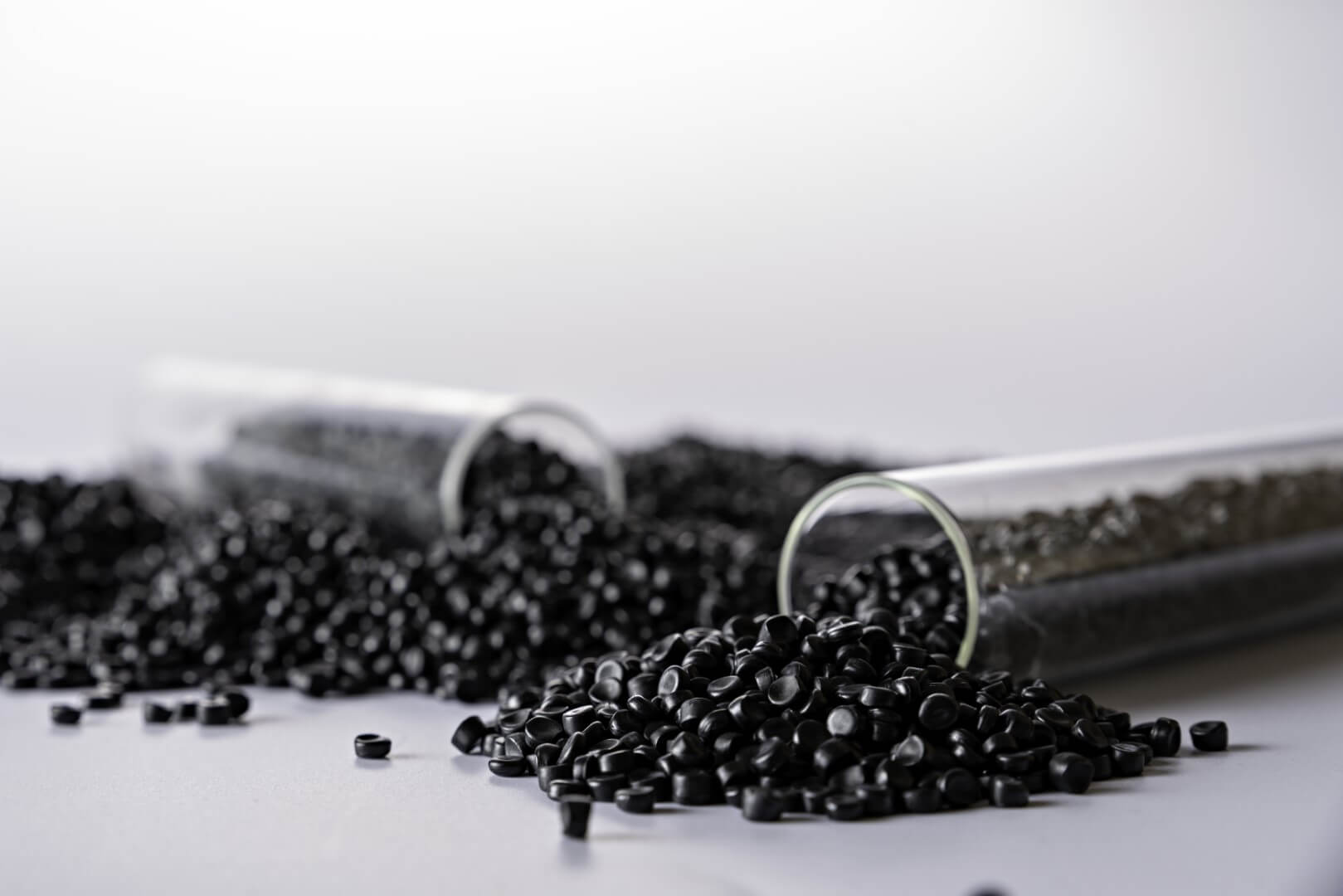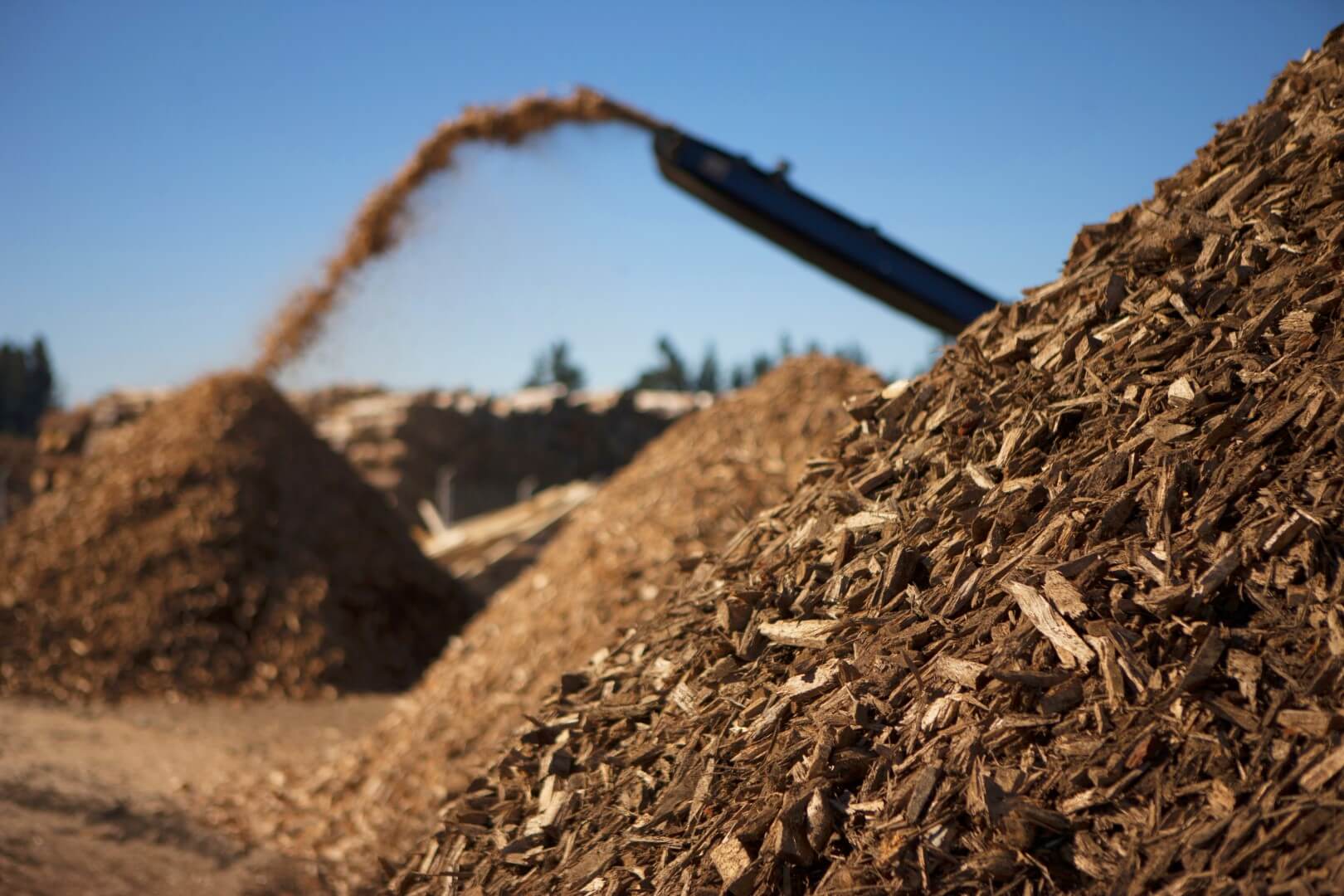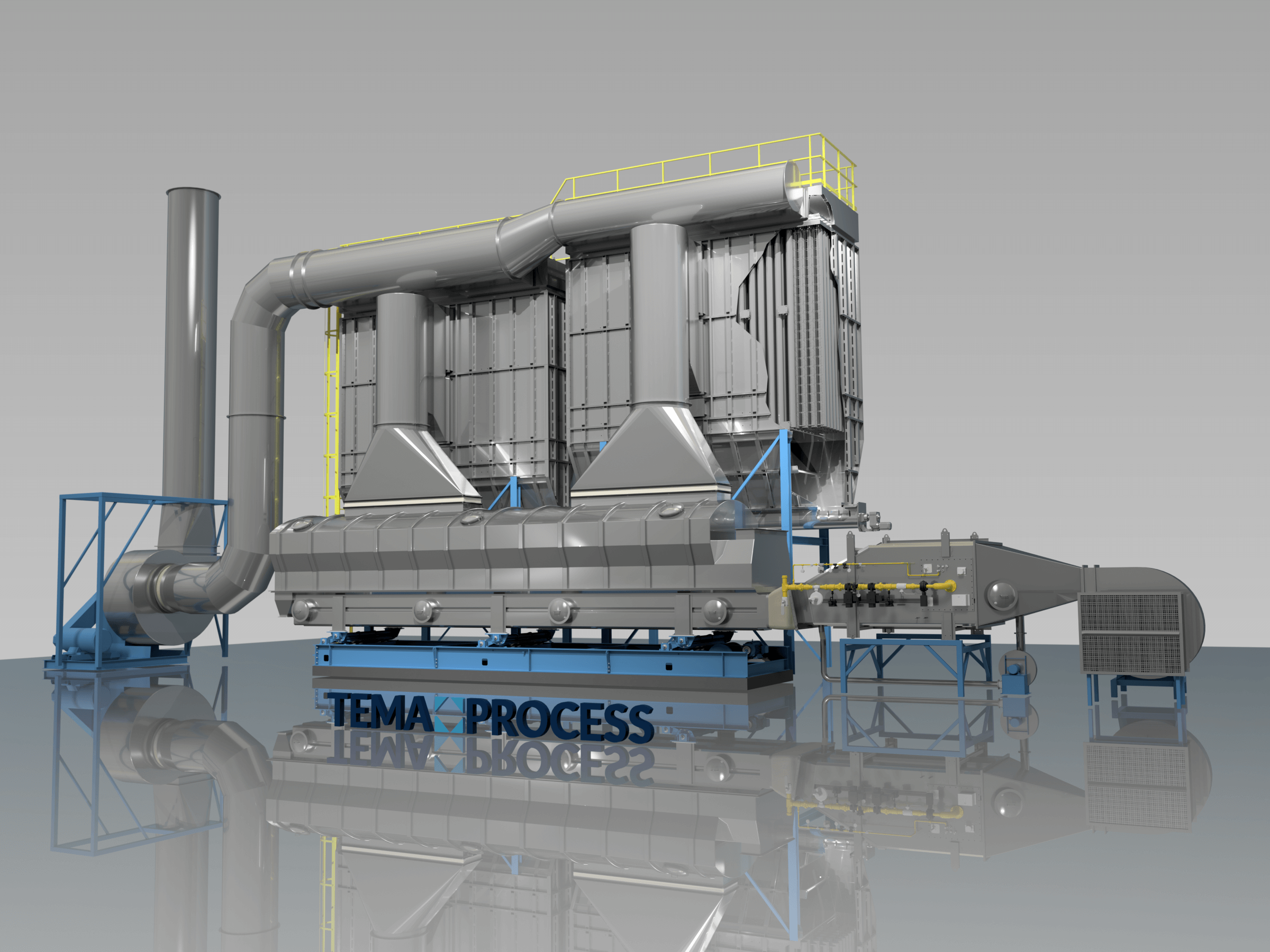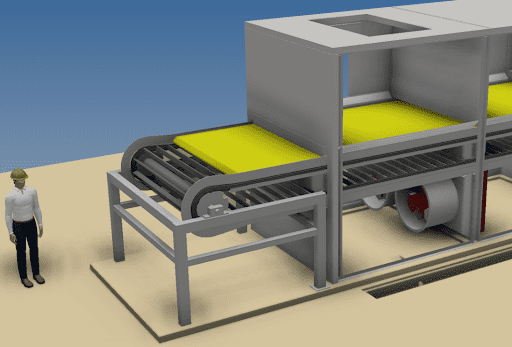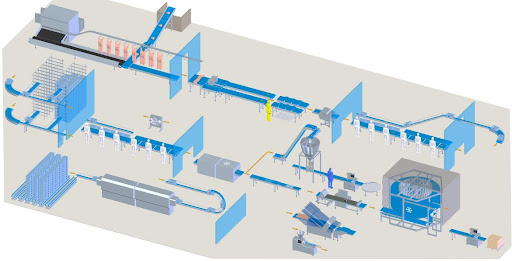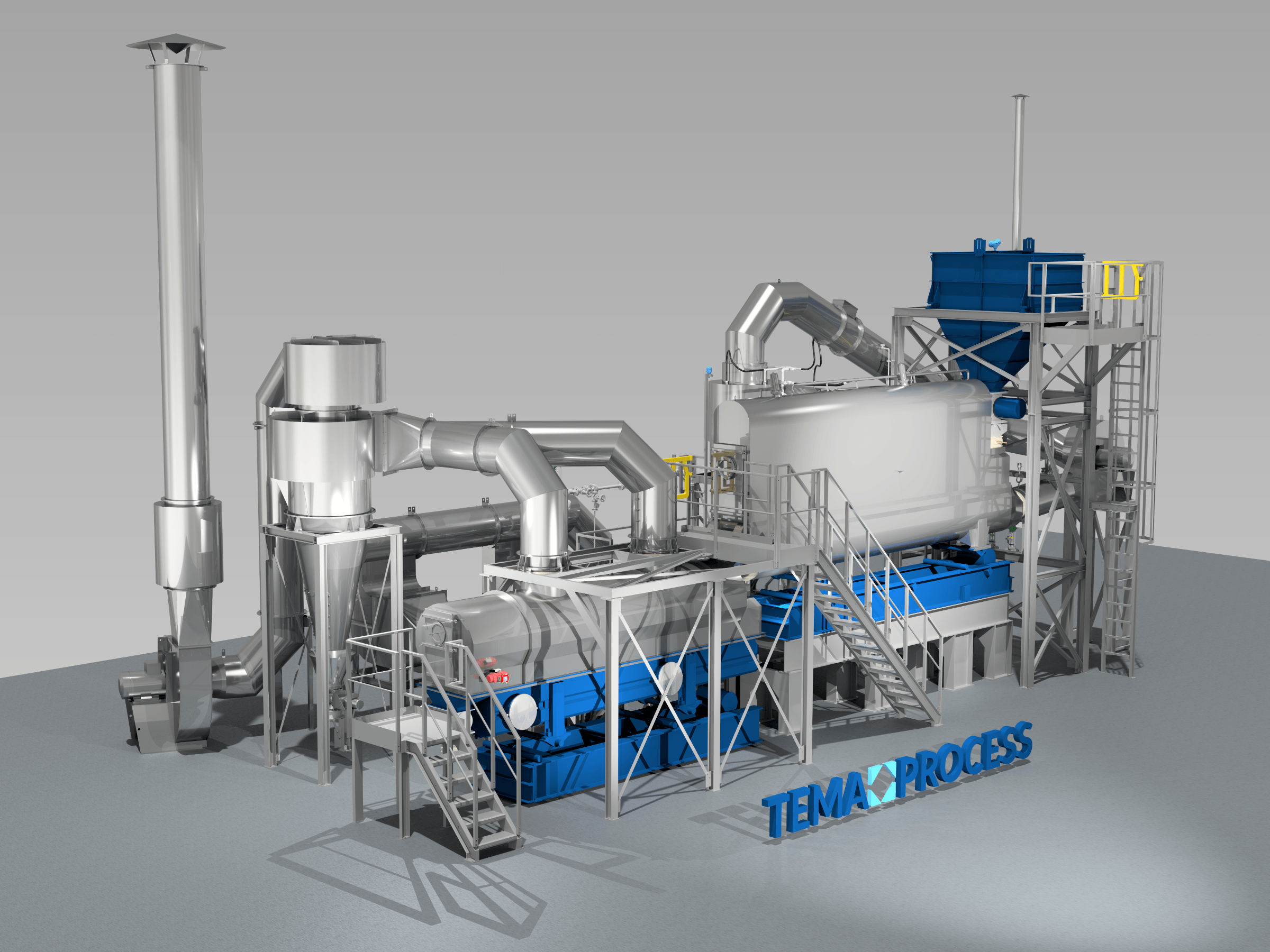A continuous fluid-bed system is a machine in which a continuous flow of “wet” powder, granular or flakes material is conveyed over a perforated bed. Hot drying air is blown through the holes of a perforated plate. The wet solids are lifted from the bottom and causes the solids to behave as a fluid. The air velocity is adjusted to keep the moving layer of material fluidized.
Conveying of the product is achieved by means of a low-frequency, high amplitude shaker mechanism. The “Shaking” motion plug flow of the Tema fluid bed, allows first-in, first-out drying of products and well-mixed fluidization, which covers the entire spectrum and is able to accurately control the spread of residence time.
But that might be a lot to take in. Therefore we have made an clear animation and a video series.
Video series explaining how a Fluid Bed Dryer works
We get a lot of questions about our Fluid Bed dryers, and it’s advantages in comparison to other solutions. Therefore we have made a video series explaining how a Fluid Bed Dryer works. In these video series we will guide you step by step trough the fundamentals and prinicpals of a Fluid Bed Dryer.
How does a fluid bed dryer work | Chapter 1: Fluidisation, how does it work?
Fluidisation Step-by-step
- A fluid bed dryer has a Perforated plate
- Hot air is blown trough the perforated plate
- The hot air gets distributed
- The product lies on the perforated plate, and will float due to the air pressure
- The heat gets transfered past the products that float
- Floating of the product in the air is called “fluidisation”
Advantages of fluidisation:
- Provides superior drying result
- High rate of moisture removal
- Optimal heat transfer results in shorter residence time (smaller equipment)
How does a fluid bed dryer work | Chapter 2: Fluid bed Dryer/Cooler components and airflow
Dryer/Cooler components Step-by-step
- Drive system
- Wind box
- Perforated plate
- Suction hood
Usage of the components:
- Drive system: improves fluidisation and transports product
- Wind box and perforated plate distribute the incoming air
- Suction hood Air is extracted at low air speed
How does a fluid bed dryer work | Chapter 3: The drying and cooling process
Drying and cooling step-by-step
- There are two air inlets, one for hot air and one for cool air
- The hot air goes into the drying section
- The cold air goes into the cooling section
- The product starts in the hot drying section
- When the product is dry, the cooling section starts cooling down the dried product
Advantages of Drying and Cooling in Fluid Bed Dryer:
- Drying and cooling in one system
- Accurate product moisture control
- No overheating of product
- Excellent residence time control
Advantages of continuous fluid-bed dryer system technology
Want more info? download our technical sheet
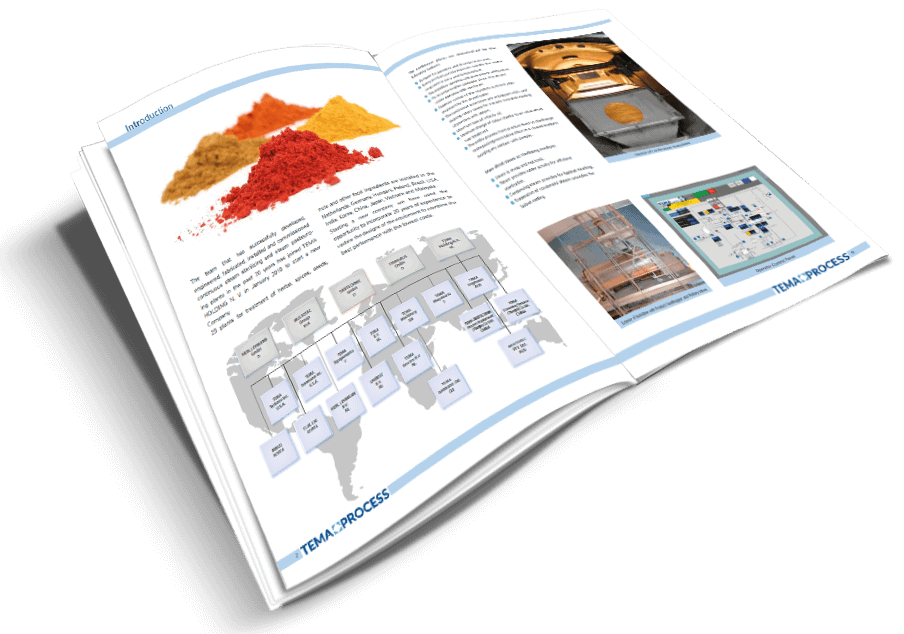
Gain a comprehensive understanding of our diverse product range through our detailed technical sheets. Available in multiple languages, these sheets offer key insights to inform your decisions.
Enhance your knowledge with images included in our sheets that help elucidate the processes and their applications, making it easier for you to visualize and grasp the practical aspects of our products.

